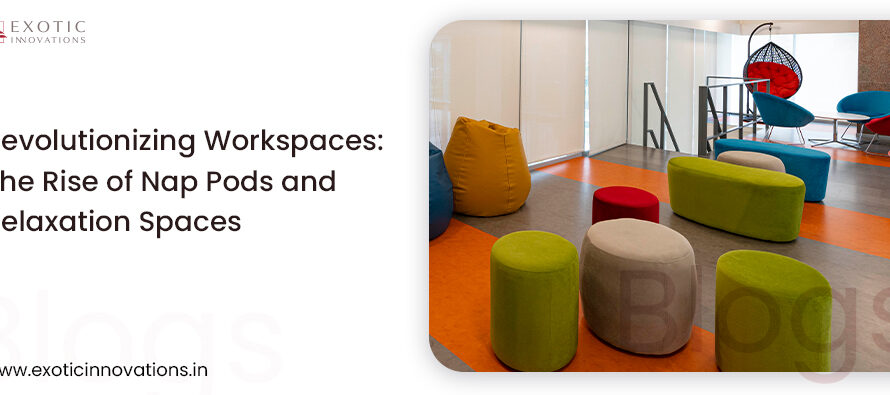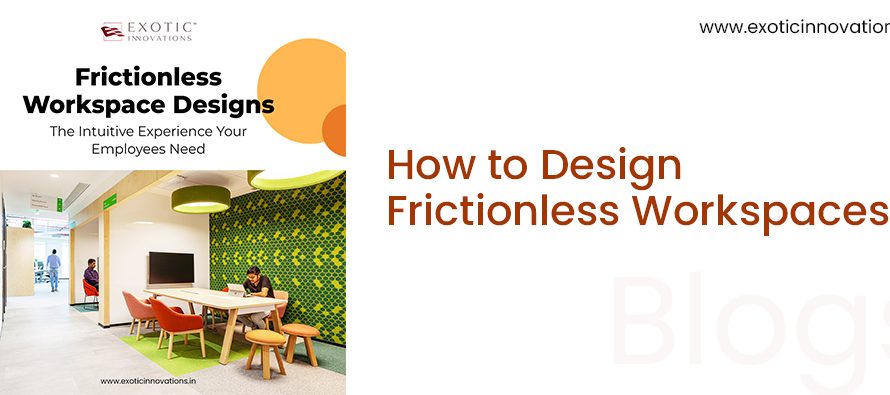Technology has become the cornerstone of innovation and client satisfaction. Virtual Reality (VR) and Augmented Reality (AR) are at the forefront of this technological revolution, offering unprecedented ways to visualize and experience spaces before they are brought to life. These tools not only enhance the design process but also transform how clients engage with and understand design concepts. In this blog, we will explore how VR and AR are shifting the workspace and enabling the realization of ideas in ways previously unimaginable.
The Power of Visualization
One of the most significant challenges in interior design is helping clients fully grasp how their spaces will look and feel once completed. Traditional methods like sketches, blueprints, and even 3D renderings, while useful, often fall short in conveying the true essence of a design. This is where VR and AR step in, offering immersive experiences that allow clients to “walk through” their future spaces. With VR, clients can don a headset and explore a virtual replica of their proposed design, experiencing the layout, scale, and ambiance as if they were physically present. AR, on the other hand, overlays digital elements in the real world, enabling clients to see how furniture, colors, and textures will look in their actual environment.
This immersive visualization provides a more accurate representation of the final outcome, reducing the likelihood of misunderstandings and design revisions. Clients can experience different design options and make informed decisions, leading to a more collaborative and satisfactory design process. The ability to visualize a space before it takes shape not only enhances client confidence but also fosters a deeper emotional connection to the project.
Enhancing the Design Process
For designers, VR and AR are invaluable tools that streamline the design process and foster creativity. These technologies facilitate rapid prototyping and iterative design, allowing for quick adjustments based on client feedback. Designers can experiment with different layouts, materials, and lighting conditions in a virtual environment, identifying potential issues and making improvements before any physical work begins. This not only saves time and resources but also leads to more refined and well-considered designs.
Additionally, VR and AR enable collaborative design sessions, where designers and clients can explore and modify the space together in real time, ensuring that the final outcome aligns perfectly with the client’s vision. This level of interactivity and engagement promotes a sense of ownership and partnership between the designer and the client. Moreover, the ability to visualize and interact with the design in a virtual environment helps to identify potential challenges early in the process, reducing the risk of costly changes during construction.
Incorporating VR and AR into the design process also enhances communication and coordination among project stakeholders. Architects, interior designers, contractors, and clients can collaborate more effectively by sharing a common visual platform. This reduces the likelihood of miscommunication and ensures that everyone is on the same page throughout the project. By fostering better collaboration and communication, VR and AR contribute to more efficient project management and successful project outcomes.
Client Engagement and Satisfaction
The immersive nature of VR and AR significantly enhances client engagement and satisfaction. Clients often find it challenging to interpret 2D plans and static images, leading to misunderstandings and misaligned expectations. VR and AR bridge this gap by providing a tangible sense of the space, making it easier for clients to make informed decisions about design elements. This heightened level of interaction fosters a deeper emotional connection to the project, as clients can see their ideas materialize before their eyes. Moreover, the ability to experience different design options in VR or AR empowers clients to make choices with greater confidence, ultimately resulting in higher satisfaction and a stronger client-designer relationship.
The use of VR and AR in the client engagement process goes beyond visualization. It allows clients to actively participate in the design process, providing feedback and making adjustments in real-time. This level of involvement empowers clients and makes them feel more invested in the project. By actively engaging clients and addressing their concerns and preferences early on, designers can create spaces that truly reflect the client’s vision and lifestyle.
In addition to enhancing client engagement, VR and AR also contribute to better project outcomes by reducing the risk of design errors and costly revisions. By allowing clients to experience the design before construction begins, potential issues can be identified and resolved in the virtual environment. This not only saves time and resources but also ensures that the final result meets the client’s expectations. The ability to visualize and interact with the design in VR or AR provides a higher level of certainty and confidence, leading to greater client satisfaction and positive project outcomes.
Transforming the Workspace
Beyond individual projects, VR and AR are revolutionizing the broader workspace in the design and build industry. These technologies facilitate remote collaboration, allowing teams to work together seamlessly regardless of their physical location. For instance, architects, designers, and clients can conduct virtual meetings within a simulated environment, discussing details and making decisions in real-time. This level of collaboration is particularly beneficial in today’s globalized world, where project stakeholders are often dispersed across different regions.
The use of VR and AR in remote collaboration not only saves time and travel costs but also enhances productivity and efficiency. Teams can collaborate in a virtual environment, sharing ideas and making decisions without the need for physical presence. This level of flexibility and accessibility ensures that projects can progress smoothly, even when team members are located in different parts of the world. By breaking down geographical barriers, VR and AR enable a more connected and collaborative workspace, fostering innovation and creativity.
Furthermore, VR and AR are enhancing training and education within the industry. Designers and builders can undergo virtual training sessions, where they practice techniques and learn new skills in a risk-free environment. This accelerates the learning process and ensures that professionals are well-prepared to tackle complex projects. Virtual training also allows for the simulation of real-world scenarios, providing valuable hands-on experience without the associated risks and costs. By leveraging VR and AR for training and education, the industry can develop a highly skilled workforce capable of delivering exceptional results.
Virtual Reality and Augmented Reality are not just technological novelties – they are transformative tools that are reshaping the interior design and build industry. By providing immersive visualization, enhancing the design process, and improving client engagement, VR and AR enable the realization of ideas with unparalleled precision and creativity. These technologies empower designers and clients to visualize and interact with workspaces in ways previously unimaginable, leading to more informed decisions and higher levels of satisfaction.
As VR and AR continue to evolve, their impact on the workspace will only grow, driving innovation and setting new standards for excellence in design. Embracing VR and AR is not merely a step forward; it is a leap into the future of interior design. By harnessing the power of these technologies, interior design and build brands can deliver exceptional value to clients, create unique and personalized spaces, and stay ahead of the competition. The future of interior design is here, and it is immersive, interactive, and infinitely exciting.
Liked our blog? Share your opinion in the comments below!



